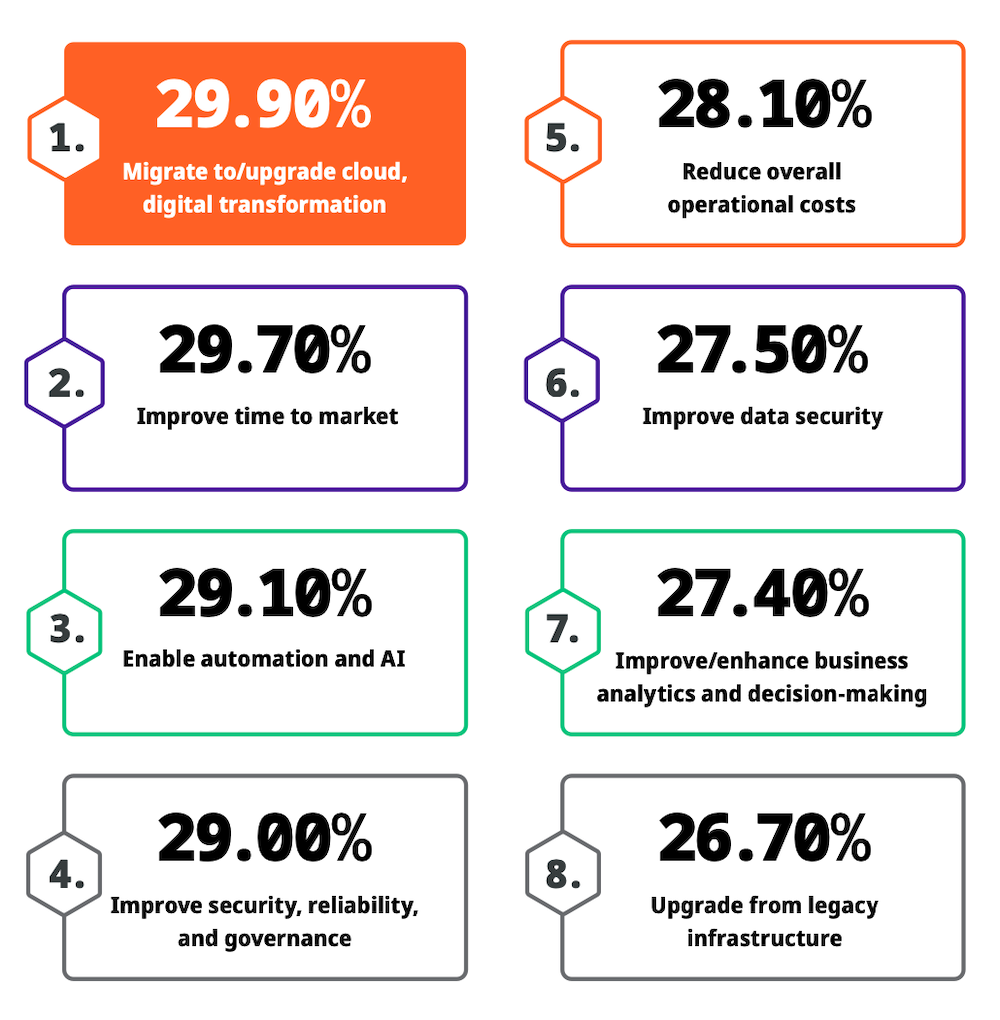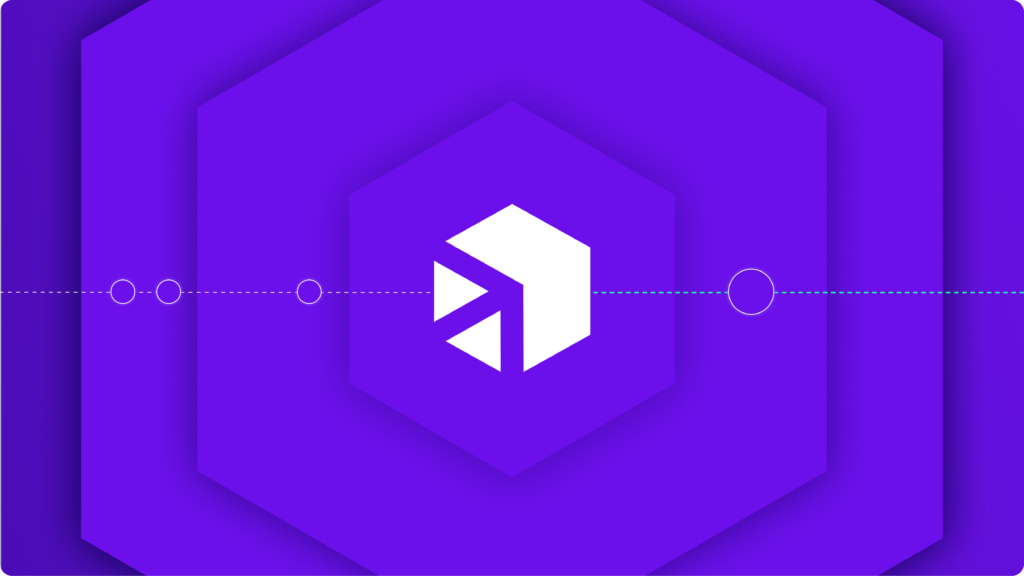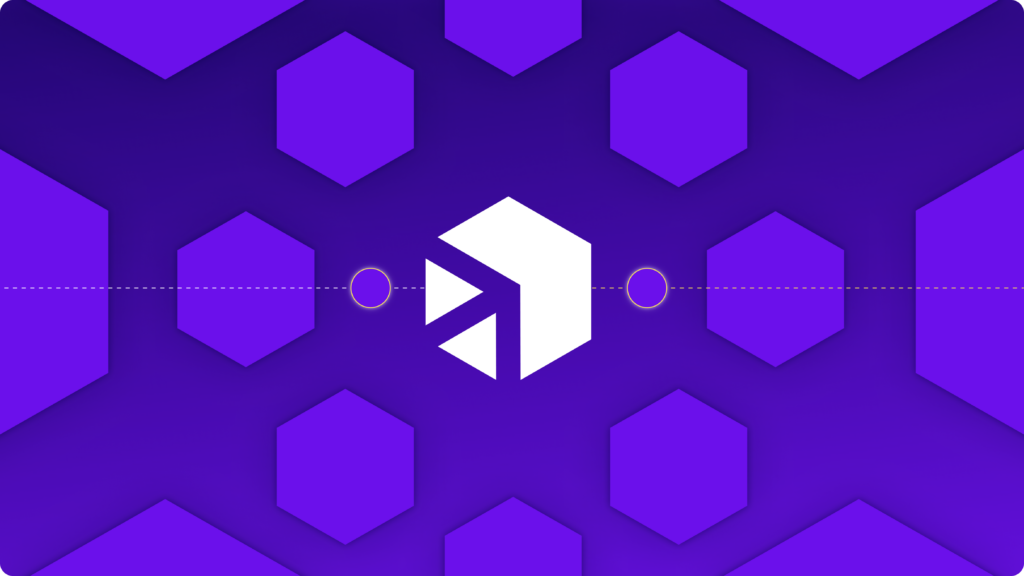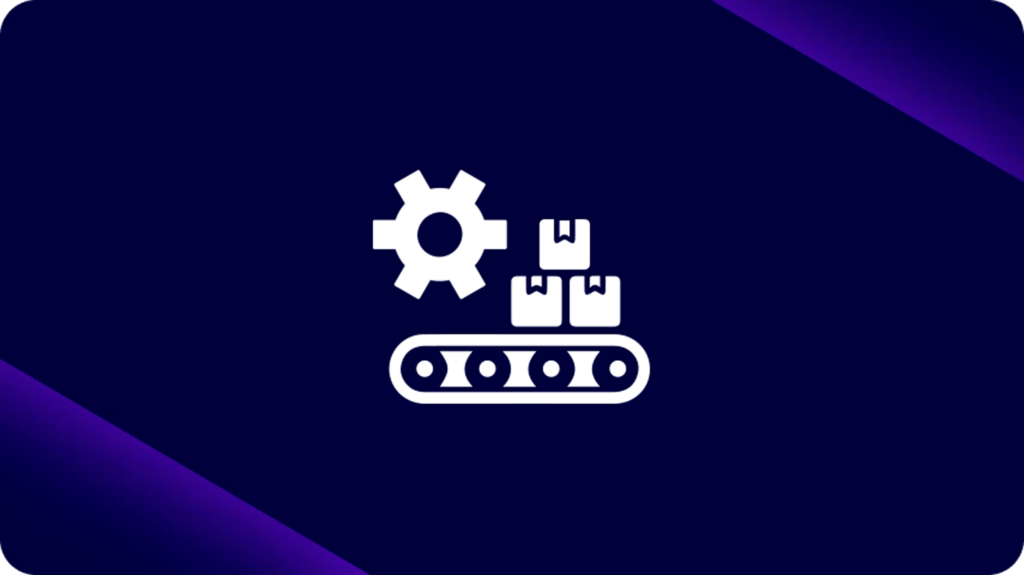outubro 10, 2022
O sucesso de qualquer projeto de TI que envolva a migração de tecnologias fundamentais e estabelecidas para tecnologias contemporâneas baseadas em cloud geralmente depende de quão bem você consegue integrar o antigo com o novo.
Um bom exemplo disso é a iminente migração para o SAP S/4HANA, que, para muitas organizações, será o maior projeto de TI realizado em anos (ou décadas). Essa tarefa monumental exige integrações empresariais abrangendo múltiplos sistemas e repositórios de dados, com o objetivo de apoiar um negócio mais ágil, resiliente e competitivo.
Além de uma estratégia sólida de integração de projetos para sustentar a migração para o SAP S/4HANA, o sucesso também é definido com base no tempo e nos recursos consumidos, bem como no impacto em termos de interrupção das operações. Porém, mesmo com a melhor estratégia de projeto, alcançar os resultados desejados é difícil (ou até impossível) se os stakeholders internos não estiverem alinhados quanto aos objetivos do projeto.
Por exemplo, o CIO pode esperar que a migração para o SAP S/4HANA melhore imediatamente a segurança dos dados, enquanto o CFO pode priorizar a redução geral nos custos operacionais. Talvez o líder de Vendas espere um tempo mais curto para lançar novas ofertas no mercado, enquanto a equipe de TI busca otimizar os processos de negócios e melhorar a confiabilidade do sistema.
Embora todos esses objetivos sejam viáveis, entregá-los simultaneamente no primeiro dia não é. Alinhar as prioridades e expectativas das equipes internas é um fator essencial para o sucesso da sua estratégia de migração para o SAP S/4HANA.

>> Agende uma demonstração personalizada com nossa equipe de especialistas e veja como o iPaaS da Digibee trará eficiência ao seu negócio.
Alinhando as expectativas
Um estudo internacional sobre a transformação SAP S/4HANA realizado pela LeanIX confirma essa realidade: 66% dos usuários SAP apontam o alinhamento das equipes (negócios, projetos e TI) como o maior desafio para a migração para o SAP S/4HANA.
Essa falta de alinhamento afeta todos os aspectos da estratégia de migração, incluindo a integração empresarial e como as equipes internas priorizam essas conexões essenciais.
A Relatório de Integração Empresarial da Digibee esume uma pesquisa detalhada conduzida com líderes de negócios e tecnologia. No relatório, coletamos as opiniões de respondentes que já haviam implementado uma iniciativa de integração em nível empresarial de escala semelhante à migração para o S/4HANA. Solicitamos que identificassem três aspectos do projeto mais propensos a impactar o orçamento e os custos.
Tudo é prioridade
No topo da lista estava a questão das prioridades concorrentes, refletindo claramente a falta de alinhamento na forma como essas conexões críticas são classificadas pelas equipes internas:

*Esta postagem do blog, publicada originalmente em outubro de 2022, foi atualizada acima para refletir os dados do Relatório – 2023 State of Enterprise Integration publicado em abril de 2023.
Embora a diversidade de casos de uso desejados reflita o amplo escopo da integração empresarial no suporte à migração para o SAP S/4HANA, a falta de clareza na priorização do trabalho gera conflitos entre os stakeholders. Isso atrasa a implementação e aumenta os custos, já que cada área trabalha de forma desconexa, seguindo suas próprias prioridades.
A indisponibilidade dos sistemas e a alocação de recursos foram os outros aspectos destacados pelos líderes como mais impactantes no orçamento e nos gastos do projeto.
3 etapas para planejar (e alinhar) para o sucesso
Siga estas etapas para criar uma estratégia de integração eficaz, promovendo o alinhamento entre as equipes internas e garantindo o sucesso da sua migração para o SAP S/4HANA.
- Organize sua estratégia de integração em etapas. Concentre-se em um único objetivo inicial e compartilhe a estratégia com os stakeholders antes de começar os trabalhos. Isso serve como um teste prático e um exercício inicial de priorização para as equipes internas. Implemente objetivos adicionais em fases subsequentes, aumentando o ritmo à medida que as equipes de TI e projetos ganham confiança e experiência.
- Crie uma estratégia de integração econômica. Embora líderes de negócios e tecnologia tenham preocupações legítimas com orçamento, tempo e recursos, a tecnologia de enterprise iPaaSpermite aproveitar recursos internos e outras eficiências, garantindo que sua estratégia de integração ofereça resultados rápidos e dentro do orçamento.
- Inclua os benefícios de médio e longo prazo da integração empresarial no seu business case para a migração. Uma estratégia de integração bem-sucedida é essencial para a migração ao SAP S/4HANA, mas a tecnologia eiPaaS também entrega valor contínuo e inovação ao longo do tempo:
A Digibee apoia a otimização de processos de negócios
A Digibee colabora com organizações globalmente, oferecendo suporte a migrações para o SAP S/4HANA com estratégias de integração ágeis e flexíveis.
Com nosso modelo low code, os clientes da Digibee implementam integrações 40% mais rápido, reduzindo custos operacionais, minimizando incidentes, acelerando os tempos de recuperação e garantindo zero tempo de inatividade. Essas eficiências liberam recursos para focar nas tarefas prioritárias da migração para o S/4HANA.
Visite a nossa Página de integração SAP S/4HANA para aprender mais ou solicite uma demonstração com nossa equipe para discutir seu próximo plano de migração.









